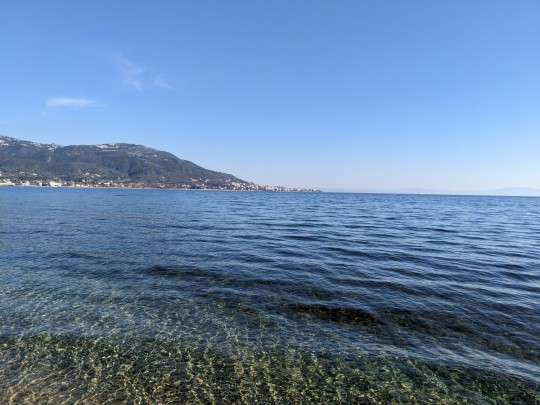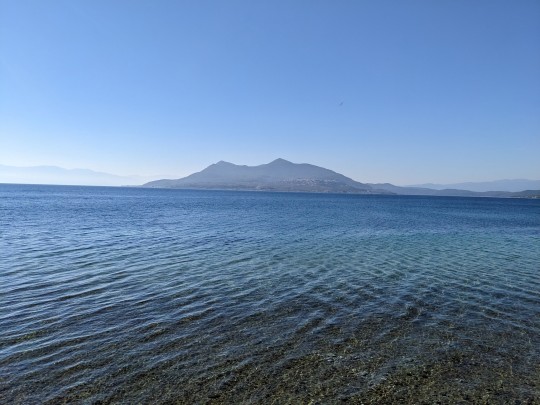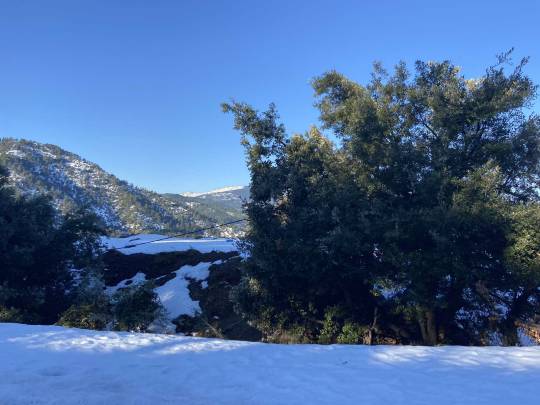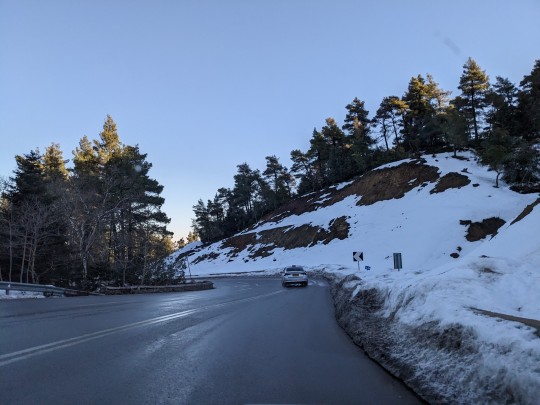#Evia Greece
Text
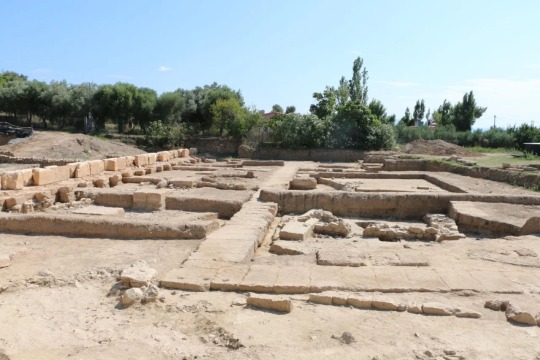

The Long Lost Temple of Artemis in Greece Reveals More Secrets
A long-lost temple dedicated to the Goddess Artemis that was finally discovered in Evia, Greece after 100 years of archaeological research is revealing more of its secret treasures.
The temple was discovered by a team from the Swiss Archaeological School and Greek Archaeological Service after they worked out that ancient directions to the site were wrong.
They switched their dig from the ancient city of Eretria to a site at the foot of a hill near the small fishing village of Amarynthos.
They were looking for a legendary temple to the Goddess Artemis, one of the most widely venerated deities of Ancient Greece.


Several ancient sources mention the sanctuary of Artemis Amarysia. The main public documents (decrees, treaties), engraved on steles, were displayed there. The festival Artemisia was celebrated every spring by the Eretrians to honor the goddess.
On this occasion, a grand procession of 3,000 armed warriors, 600 horsemen, and 60 chariots made the twelve-kilometer journey to the sanctuary. The festival attracted citizens of the cities of Euboea but also representatives of other Greek cities.
Following painstaking work, the team of archaeologists discovered a stoa, or gallery, that could have formed part of the temple, and began excavating in earnest in 2012.
Amarysia Artemis temple was finally discovered in Evia, Greece
Their analysis proved correct when the team finally cut through the gallery walls in 2017 to reveal the core of the sanctuary of Amarysia Artemis.
The team has since uncovered buildings ranging from the 6th to 2nd centuries BC, including an underground fountain, and, crucially, inscriptions and coins bearing the name Artemis—the guardian goddess of Amarynthos.
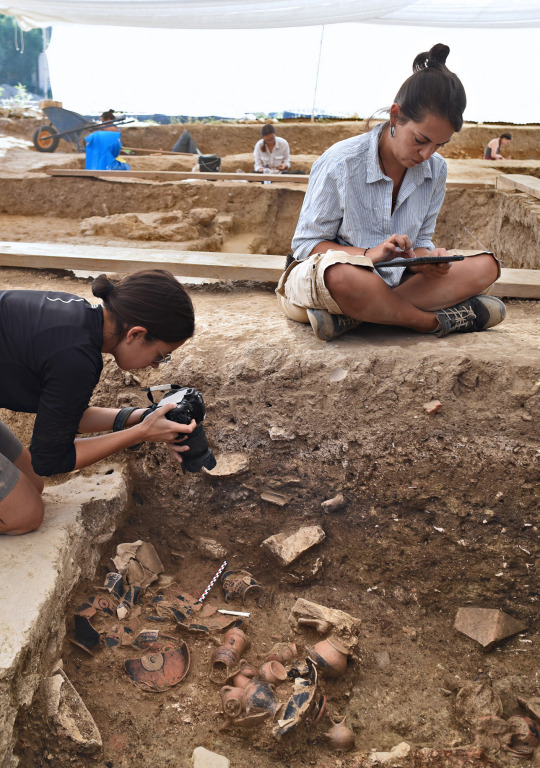

These confirm that the site was the destination for the annual procession from Eretria by local worshippers of the goddess of the hunt.
Further excavations by the Swiss School of Archaeology in Greece (ESAG) and the Ephorate of Antiquities in Evia brought to light the existence of two successive temples and a rich deposit of offerings.

The first temple, built around 650 BC, was destroyed at the end of the 6th century. A second, more monumental temple was rebuilt shortly after around 500 BC.
Rich offerings were deposited on this occasion; the excavations brought to light over 600 objects, including ceramic and bronze vessels, painted terracotta figurines, gold jewelry, silver, faience, glass and semi-precious stones, orientalized seals in the shape of scarabs, as well as weapons (including a helmet and a shield).

The Swiss Archaeological School in Greece says that remains in the sanctuary attest to the site’s deep history. The earliest structure dates back to 3000 BC. Sanctuaries are sacred spaces usually consisting of an altar, a temple—the house of the deity—and annex buildings, delimited by an enclosure. The sanctuary of Artemis Amarysia is no exception to the rule.
In addition to the monumental portico excavated in recent years, two altars related to the successive temples have been uncovered. Animal sacrifices took place on the altar, as selected parts were burned to ashes as offerings to the goddess. Such rituals performed at Amarynthos by the Eretrians were meant to attract the goodwill of Artemis.
The ancient site of Eretria, Evia
The excavations indicate that the foundation of the temple of the goddess Artemis at the edge of the fertile plain east of Eretria is connected with the fortifications found at the border of the ancient city.
Excavations of ancient Eretria began in the 1890s and have been conducted since 1964 by the Greek Archaeological Service.
Today it is the home of the Evia Ephorate of Antiquities, and it boasts an archaeological museum—the most significant in Evia—and an ancient theater dating back to the 5th century BC that hosts Ancient Greek tragedies and modern plays.

The most important site that has been discovered there is the Temple of Apollo Daphnephoros. Artifacts found at this ancient site are displayed at both the Louvre and National Archaeological Museum in Athens.
However, some pieces have remained in place at Eretria, notably the terracotta centaur from Lefkandi, dating back to the 10th century BC.
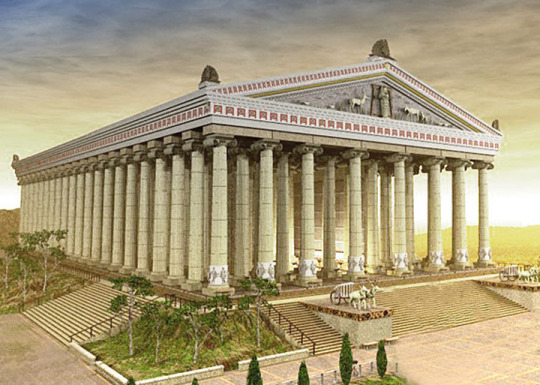
#The Long Lost Temple of Artemis in Greece Reveals More Secrets#Evia Greece#greek temple#ancient temple#ancient artifacts#archeology#archeologist#history#history news#ancient history#ancient culture#ancient civilizations#ancient greece#greek history#greek art#long reads
92 notes
·
View notes
Photo
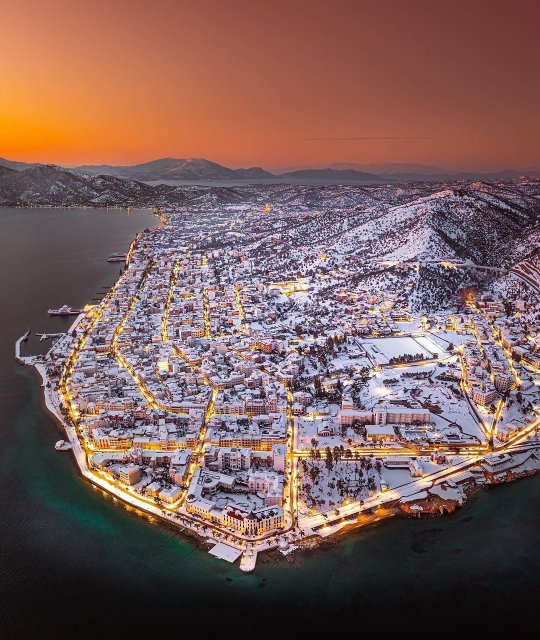
Loutra of Aedipsos, Euboea, Greece covered in snow❄️ by jzaxarakis on Instagram.
#greece#europe#snow#snowscape#sunset#landscape#travel#winter#bird's eye view#loutra of aedipsos#aedipsos#euboea#evia#central greece#sterea hellas#greek islands#large
443 notes
·
View notes
Text

#Amazing beach in Evia, Greece....!!!!
😍🌊❤️🏖️🇬🇷
📸 @jzaxarakis
#GreeceInPhotos #TravelinGreece #GreeceInVideo #greeksummer #summer2023 #greekislands #aegeansea #Evia #evoia #gregolimano #clubmedgregolimano #YourGreekMemories #greece
65 notes
·
View notes
Photo

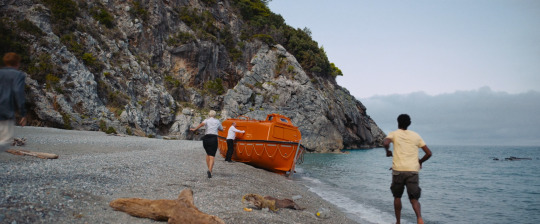
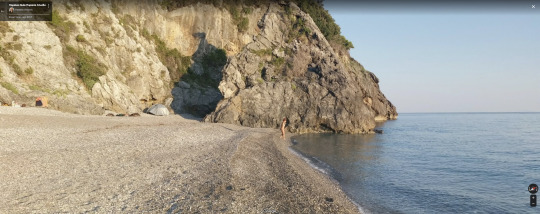
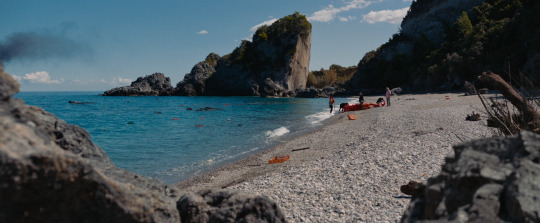
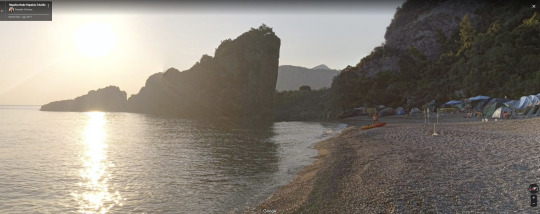
Triangle of Sadness
Ruben Östlund. 2022
Beach
Παραλία Nude Παραλία Ξιλιάδο, Greece
See in map
See in imdb
#ruben östlund#triangle of sadness#harris dickinson#charlbi dean#dolly de leon#vicki berlin#zlatko buric#jean-christophe folly#woody harrelson#alicia eriksson#sunnyi melles#rock#beach#euboea#evia#greece#movie#cinema#film#location#google maps#street view#2022
80 notes
·
View notes
Text
Greece fires: Satellite images and maps show extent of damage
25 July 2023

Tens of thousands of people have been forced to leave their homes and abandon holidays on Greek islands including Rhodes and Corfu as fires spread across the region.
In Rhodes, a black scar has been scorched across the middle of the island to the southern town of Kiotari.
Satellite images show the extent of the damage to the popular holiday resort.

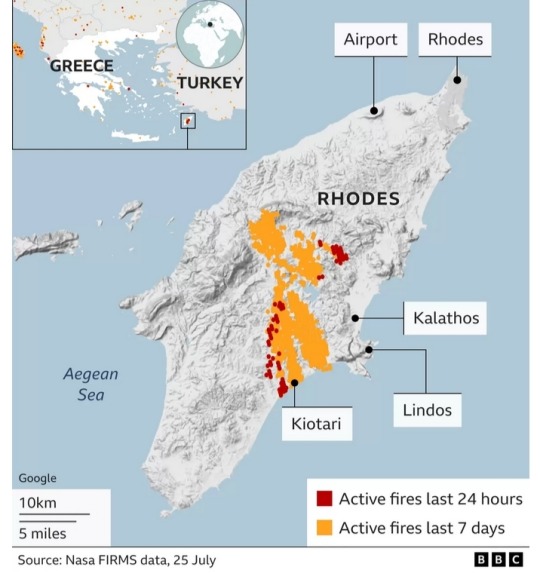
The flames have destroyed many homes and businesses in the town.
The fires have been burning since last week on Rhodes, where temperatures have reached 45C.
More than 30,000 people have fled the flames on the island since the weekend, Greece's largest-ever wildfire evacuation.
Some 16,000 people have been transported across land and another 3,000 evacuated by sea, police say. Others have had to leave by road or use their own transport.
They include thousands of tourists who had to make for temporary shelters like sports stadiums before getting the emergency planes laid on by travel companies.
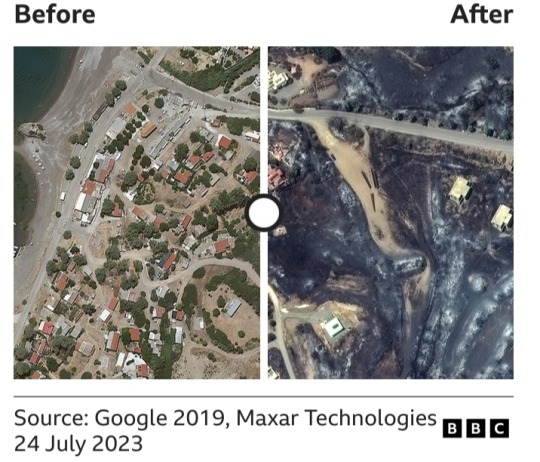


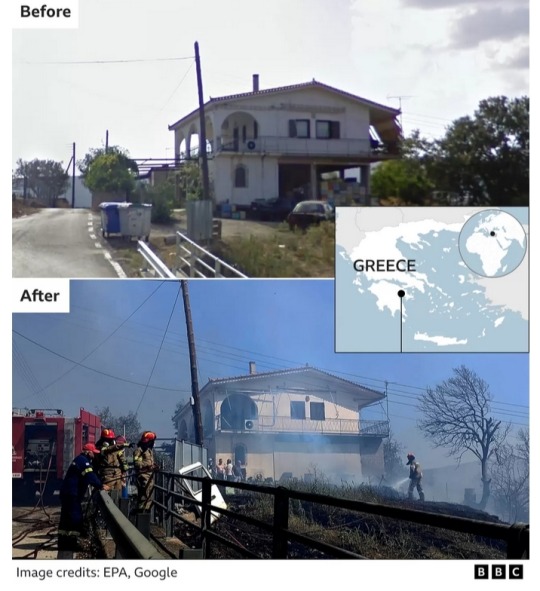
But with Greece in the middle of a long spell of extreme heat that has increased the risk of wildfires across the country, Rhodes is not the only place that has been affected.
Greek Prime Minister Kyriakos Mitsotakis says the country is "at war" with the wildfires and warns it faces "another three difficult days ahead" before temperatures are expected to drop.
Civil Protection Minister Vassilis Kikilia says fire crews have been fighting more than 500 fires across the country over the past 12 days - including in Midea on the mainland.
Firefighters also say the situation in Corfu and Evia is not totally under control.
Satellite images show smoke blowing from fires on the blackened hills near Kassiopi in the north of Corfu.

And Crete, the largest of the Greek Islands, has been also been put on high alert because of an extreme risk of fire.
The situation in Greece is the result of a heatwave across southern Europe and northern Africa that has helped create dry conditions and also let fires take hold in Sicily, Croatia, Algeria and Tunisia.
The situation would have been "virtually impossible" without human-induced climate change, scientists say, adding it has made the heatwave in Europe 2.5C hotter.
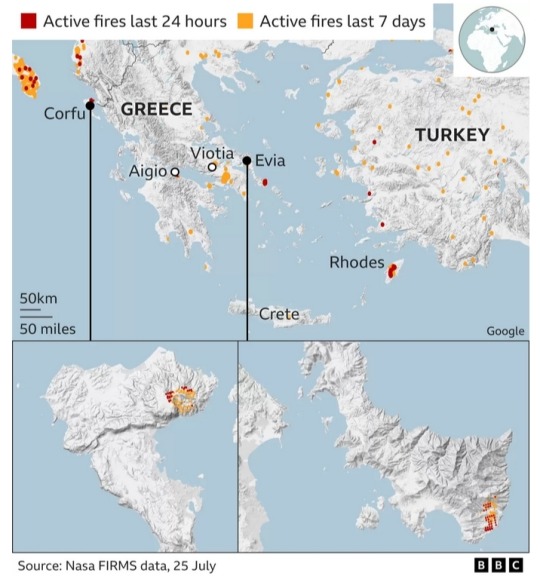

By Chris Clayton, Dominic Bailey, Tural Ahmedzade, and Kate Gaynor
#Greece#Greek Prime Minister Kyriakos Mitsotakis#wildfires#Rhodes#Corfu#Vassilis Kikilia#Midea#Evia#Crete#fire#firefighters#heatwave#climate change#Europe#Africa#fire crews#wildfire evacuation#tourists
16 notes
·
View notes
Text
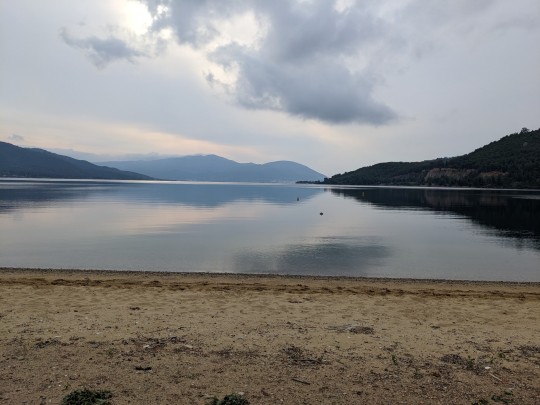
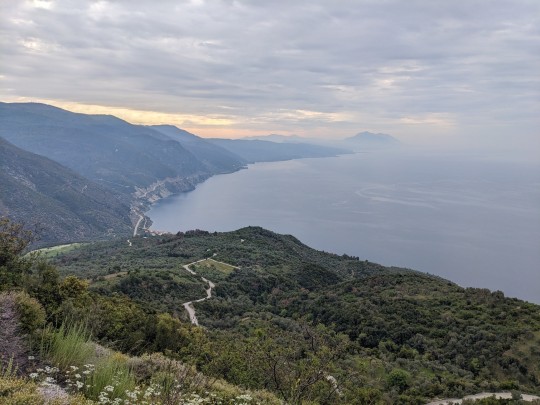

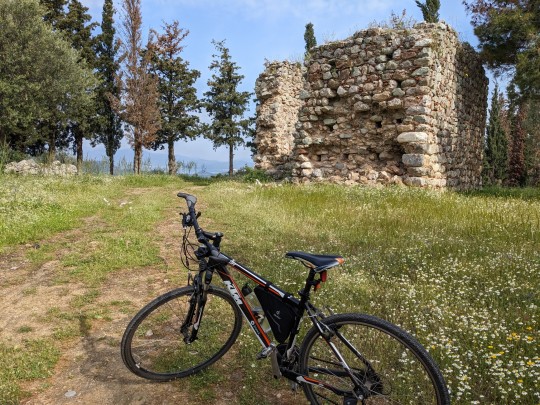



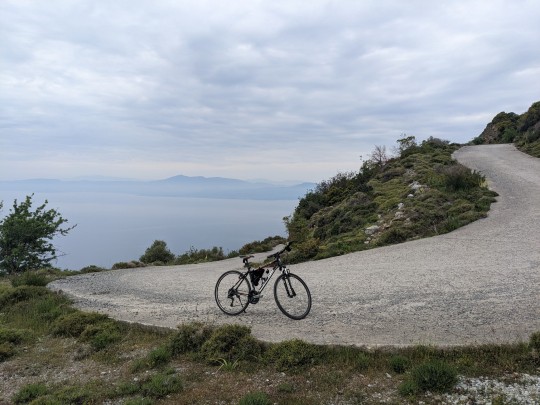
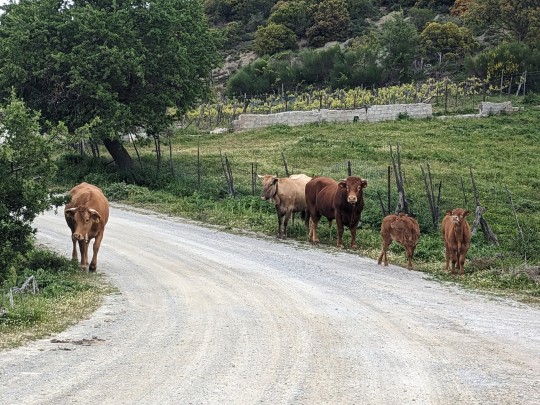
Long weekend at North Evia island 🏝️@angelikime
7 notes
·
View notes
Photo
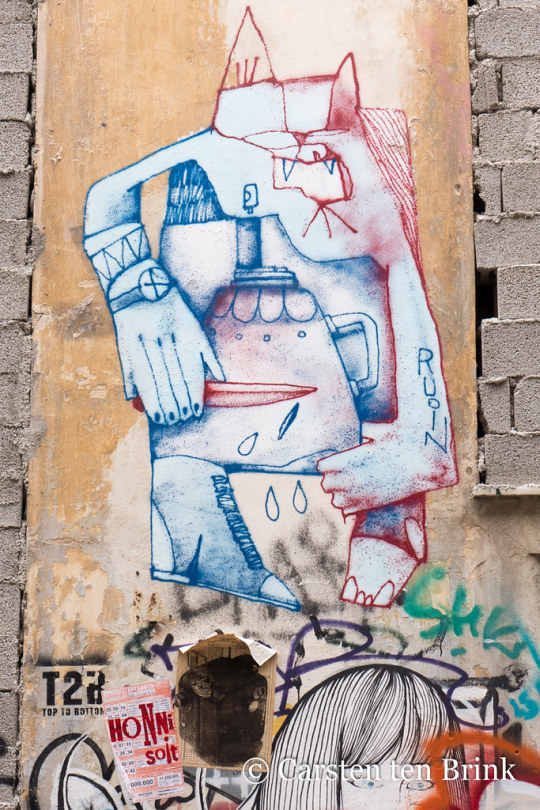
Athens street art by 10b travelling / Carsten ten Brink
#carstentenbrink#10btravelling#2021#atenas#athen#athens#athènes#attica#europa#europe#european#evia#grece#grecia#greece#greek#griechenland#hellas#hellenicrepublic#iptcbasic#southeasteurope#southeasterneurope#capital#city#cmtb#tenbrink#αθήνα#ελλάδα#アテネ flickr
2 notes
·
View notes
Text

View from Kymi, Evia island, Greece, December 21st, 2018 (iPhone SE)
#pic for sale#photography#evia#island#greece#landscape#sea#mediterranean#aegean#europe#balkan#southern europe
3 notes
·
View notes
Text

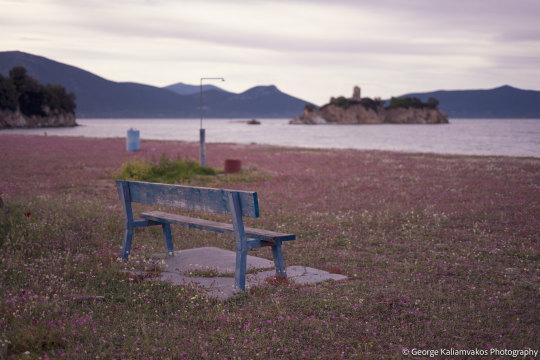

Neos Pyrgos - Evoia Greece (2) (3) by George Kaliamvakos
0 notes
Text

Don't worry, beach happy
Find us on Flickr as @DimisM
Click here: www.flickr.com/photos/dimism_eu/
#beach#summer#sea#nature#beachlife#playa#praia#seaside#meditation#yoga#happy#namaste#instayoga#balance#love#blondie#yolo#greece#evia#island#greekislands#awesome#holidays#vacation#traveling
0 notes
Text

2,600-Year-Old Temple Filled With ‘Exotic Offerings’ Found in Greece
In 2017, while exploring a sanctuary devoted to a goddess in Greece, archaeologists discovered the first traces of a monumental structure at the heart of the sanctuary.
Now, after years of excavations, the team has unearthed what has been identified as a temple filled with treasures, altars and “exotic offerings,” according to a Jan. 8 news release from the Swiss School of Archaeology in Greece, which oversaw the excavation with the help of the Ephorate of Antiquities in Euboea.
The temple was discovered “at the heart of the sanctuary of Artemis Amarysia,” researchers said. Artemis was the Greek goddess of wild animals as well as chastity and childbirth.
Archaeologists said the temple — which was built sometime toward the end of the seventh century B.C. — “held a number of surprises,” starting with is floor plan. The building was apsidal, meaning it had a semi-circular dome-like structure at one end.

This kind of floor plan, popularized during the Early Christian era between the fourth and eighth centuries A.D., was “quite unusual” for the time the temple was built, the team said.
The temple was “larger than originally anticipated,” measuring about 100 feet, according to experts. This measurement is symbolic, and several other monuments from the same period share the same dimensions.
Inside the structure, researchers found “another surprising discovery”: an abundance of hearths or altars.

Typical Greek sanctuaries of the time built these structure outside of the temple, but archaeologists said they found the stone platforms — covered with thick layers of ash and bones — within the building.
One altar, shaped like a horseshoe, appears to have occupied a pronaos — a vestibule surrounded by columns on the exterior of the temple — and has evidence that it was used as early as the end of the eighth century B.C., predating the temple, officials from Greece’s Ministry of Culture said in a Jan. 8 news release.
The team also discovered a rich collection of offerings, it said.
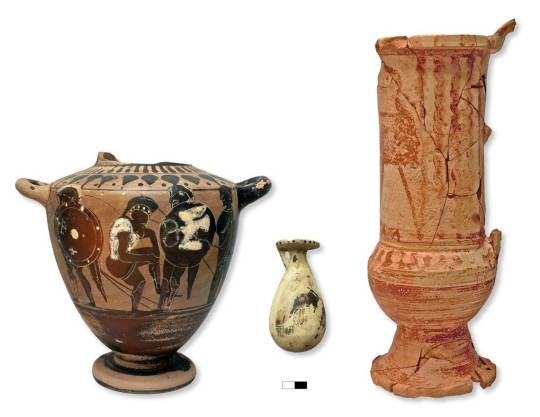
Among their finds were alabaster artifacts, vases, ritual water jugs, amulets, bronze and iron fittings, and precious jewelry made of gold, silver, coral and amber, officials said in their release.
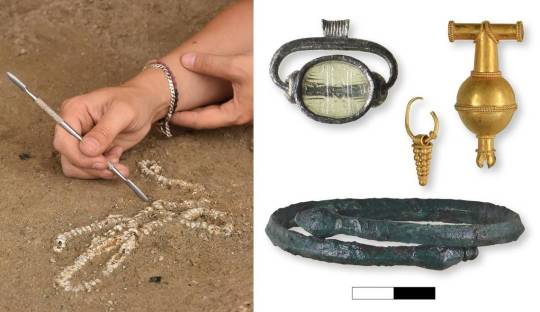

Experts also identified a “finely chiseled ivory head with Egyptian features,” they said. The “exotic” object was “unrecognizable” when first identified, but it has been restored.

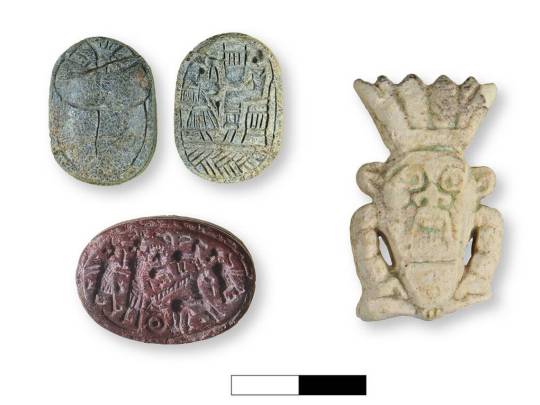
Evidence at the temple indicates that it partially burned down in the later half of the sixth century B.C., according to archaeologists. The building was temporarily restored with mud brick walls until it could be entirely replaced and restored at the end of the century.
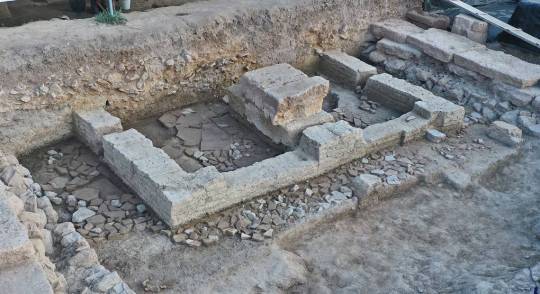
EVIDENCE OF AN EVEN EARLIER TEMPLE
Beneath the foundation of the temple, archaeologists said they discovered deep trenches containing remains from a building possibly dating to the ninth or eighth century B.C.

Bronze animal figurines from the same period and a terracotta bull’s head dating to the late Bronze Age — roughly 1200 B.C. — were also found in the trenches, according to researchers. Excavations of the lower levels of remains are ongoing, but early finds indicate that the site was used by Artemis worshipers earlier than the temple’s construction.
BRONZE AGE REMAINS NEARBY
The sanctuary of Artemis Amarysia is at the foot of a hill that was occupied during the Bronze Age, experts said.
Excavations of the hill have identified “imposing walls” that likely belonged to a third millenium B.C. fortification system, archaeologists said.
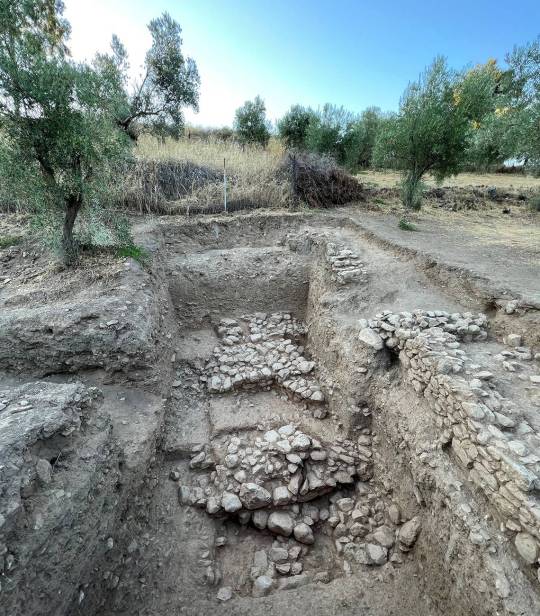
A tomb, filled with skeletons and offerings, was also unearthed from the hill, according to Greek officials.
Researchers continue to explore the region to determine how the temple and sanctuary fit into the broader “ancient landscape,” they said.
Amarynthos is on the Greek island Evia, also known as Euboea, which is off the country’s southwest coast.
By MOIRA RITTER.
#2600-Year-Old Temple Filled With ‘Exotic Offerings’ Found in Greece#he sanctuary of Artemis Amarysia#Greek island Evia#temple#ancient artifacts#archeology#archeolgst#history#history news#ancient history#ancient culture#ancient civilizations#Ancient Greece#greek history#greek art
40 notes
·
View notes
Photo
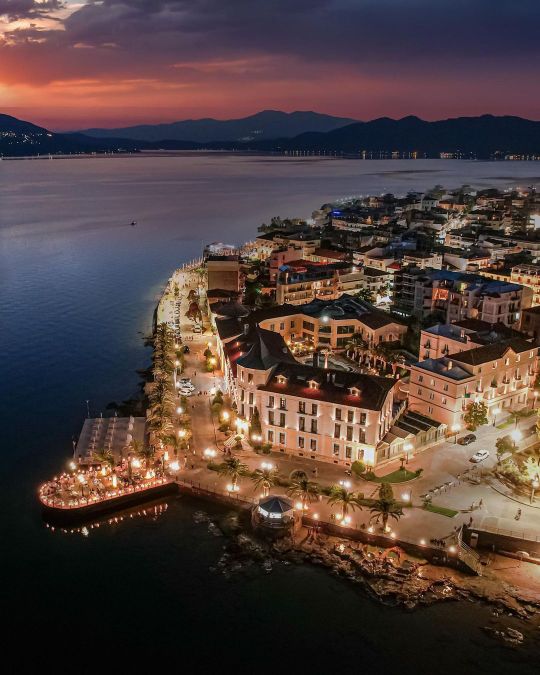
Aedipsos, Euboea island, Greece by Christos Kapoulas.
#greece#europe#travel#night#night photography#city#cityscape#sea#aedipsos#euboea#evia#greek islands#sterea hellas#central greece
350 notes
·
View notes
Text


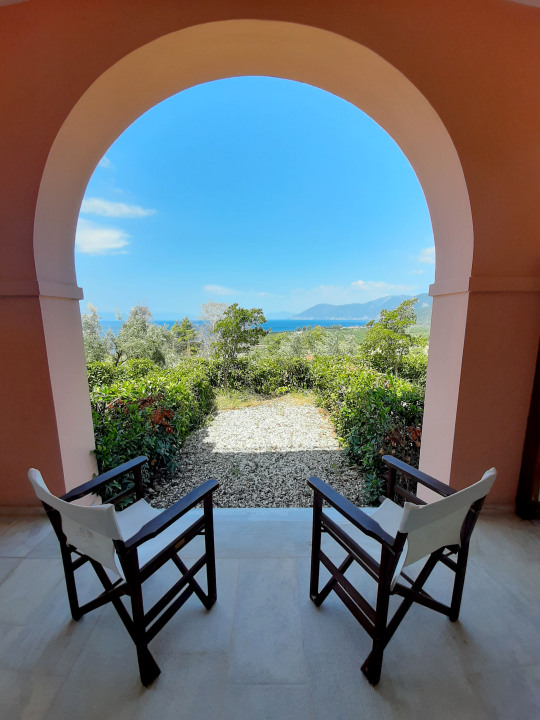


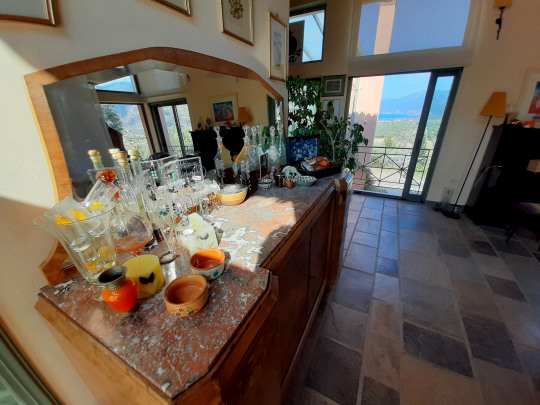

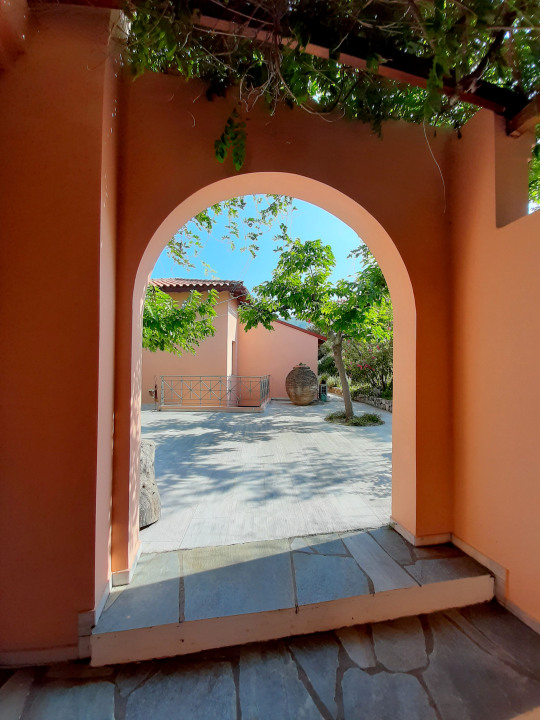


"Eleonas Hotel", Rovies, Evia, 340 05, Greece _ Photos by: Spyros Kaprinis [08.07.2023].
"Eleonas specialises in providing high quality accommodation in a relaxed atmosphere in an organic farm. Within easy walking distance of the sea and a short ride from local amenities this is the ideal getaway from the hustle and bustle of life today."
1 note
·
View note
Text


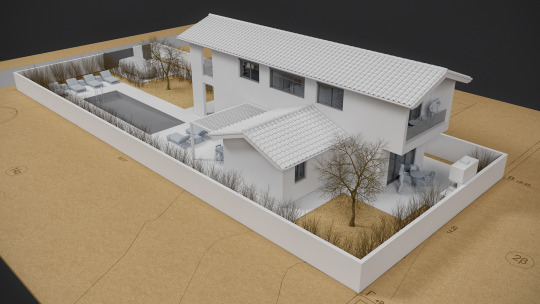

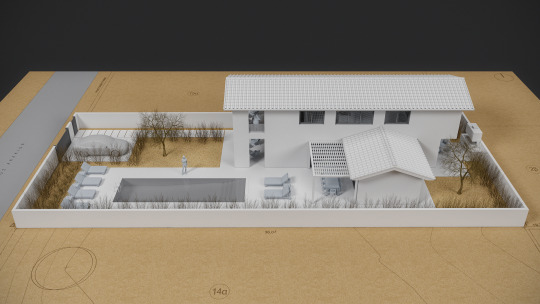
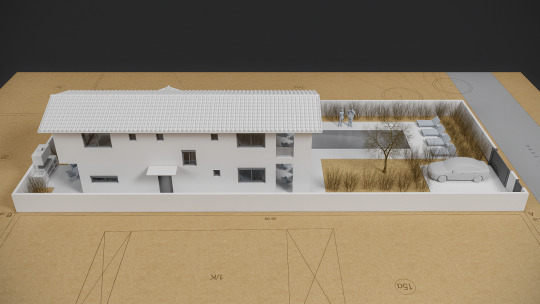
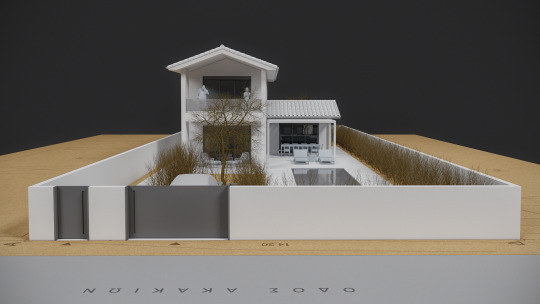
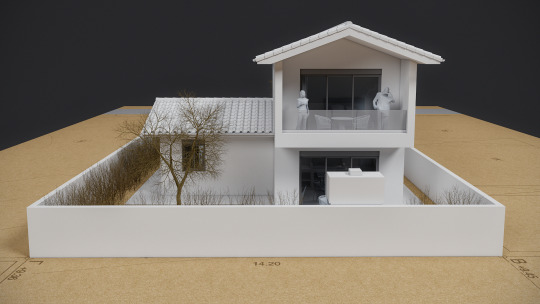

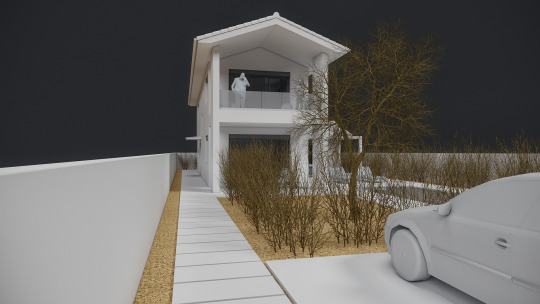
Holiday House in Marmari, Evia, Greece
Architectural Design: Panagiotis Zakkas, Architect
Project Year: 2022-2023
www.pzarch.gr / [email protected]
#3dsmax#architecture#architectural visualisation#vray#panagiotiszakkas#architect#holiday house#marmari#evia#greece
0 notes
Text
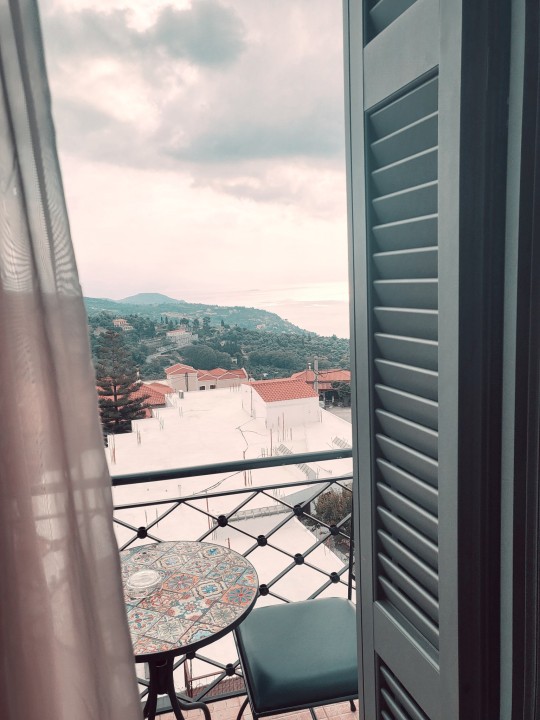
Travelling to Kymi was a beautiful experience, which came to an end today. I loved the place and its nature, and the chance that I've got to explore the place with the man that I love made me feel wonderful. I met many wonderful people that were very kind to me, we had so much fun. And the hotel room that we stayed in for these two days was very beautiful and fairytale like, all the vintage furniture, decorations & & paintings on the walls made it so romantic and cute. ✨🧸
1 note
·
View note

